I am dealing with a situation where a patient can only very lightly press his fingers / hand to signal what he / she wants. Speaking or eye tracking is not possible.
The person is also not able to lift his hand. The only movement possible is a slight press with the hand / fingers.
I was therefore thinking about using a capacitative device that would be calibrated to detect how much pressure is a willing / intended press and which amount pressure is simply a resting position of the hand on the device.
I guess a capacitative device is what is required here. I saw a solution of a custom device here on YouTube, but that looked so custom-made and so rigid that I was wondering if what I need actually already exists.
I would therefore like to ask how I could measure the pressure of a human finger / hand on a device in a reliable way.
Thank you.
Edit: Nobody so far suggested to use a precision balance with USB output option. May I ask if that would not work?




